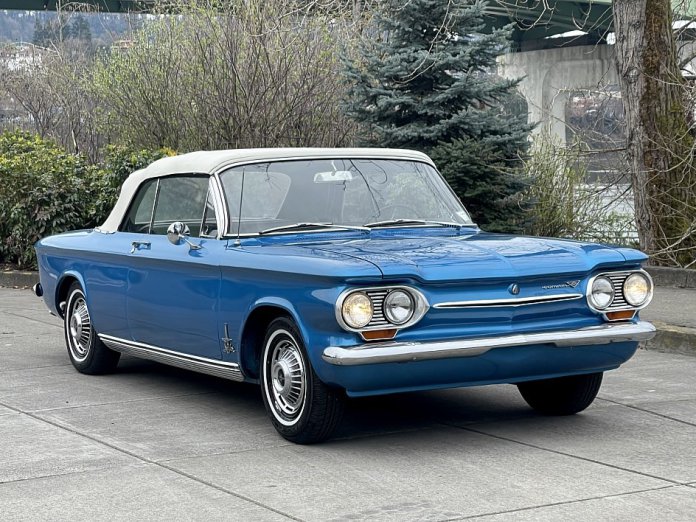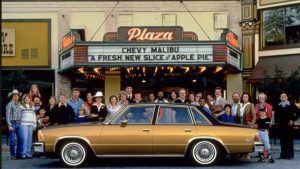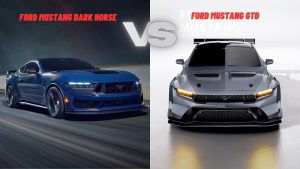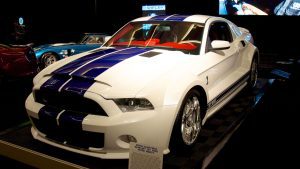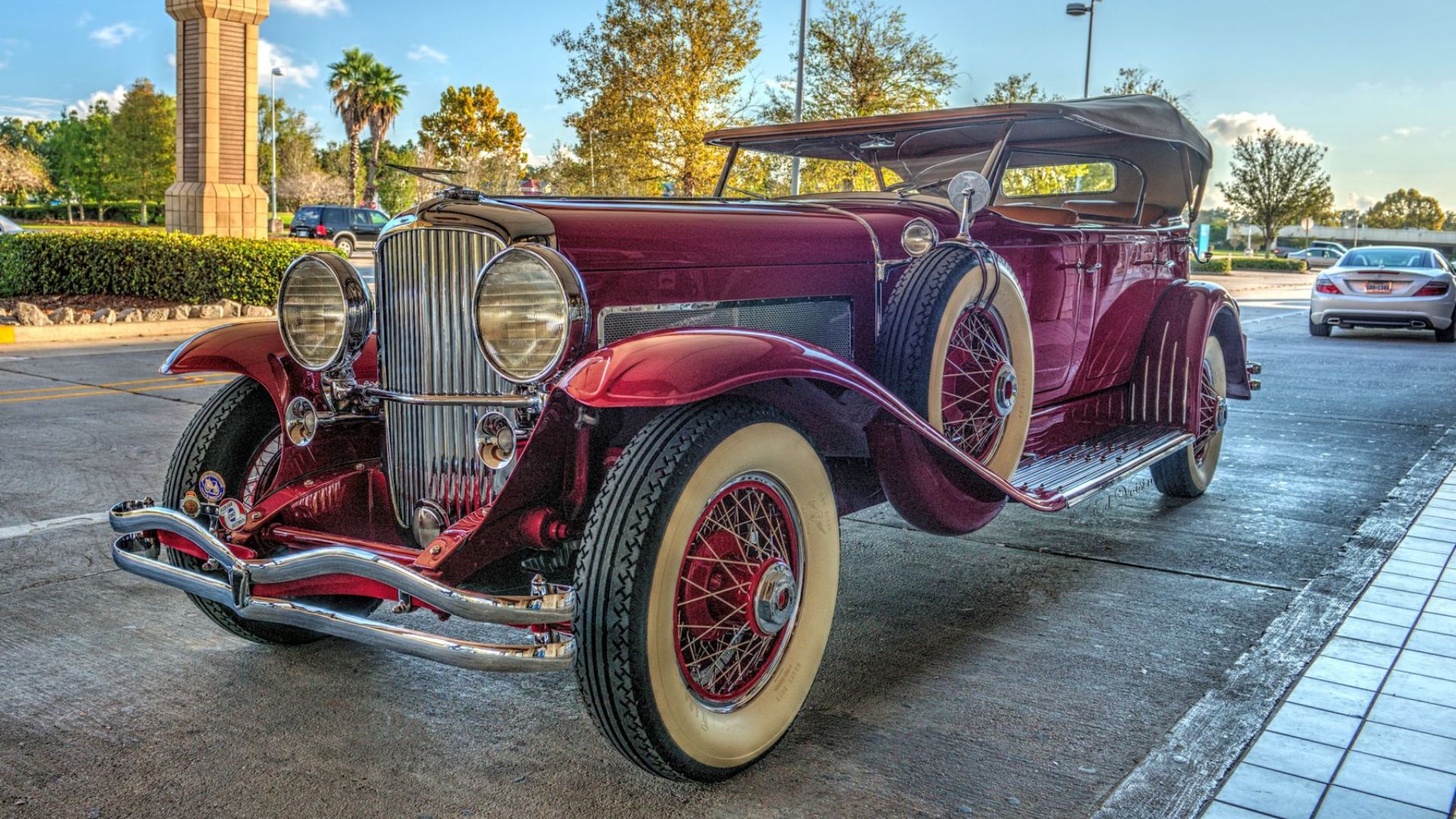
Duesenberg Model J - Source Edgar Voisin, CC BY-SA 4.0, via Wikimedia Commons
Table of Contents
History of Duesenberg Model J
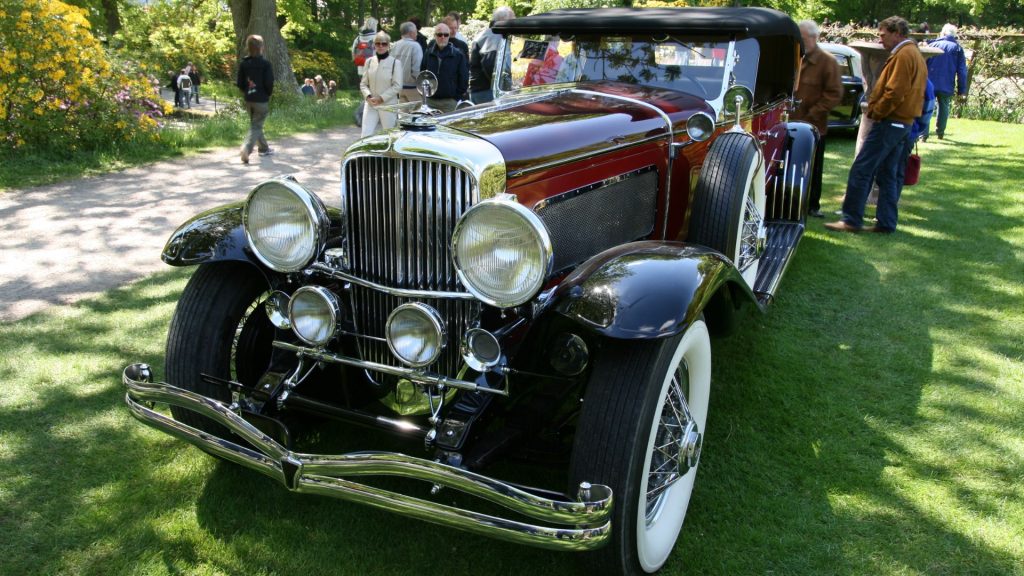
Duesenberg Model J is the range of automobiles from the brand after it was taken over by Errett Lobban Cord. He was the owner of another brand named Auburn Automobile and several transportation firms but his main agenda was to build a competitor of the then-market leaders Rolls-Royce, Isotta-Fraschini, and Hispano-Suiza. The Duesenberg Motor Corporation sold its ownership to Cord in 1926 and became Duesenberg Inc, and started working on a larger, faster, and more luxurious automobile.
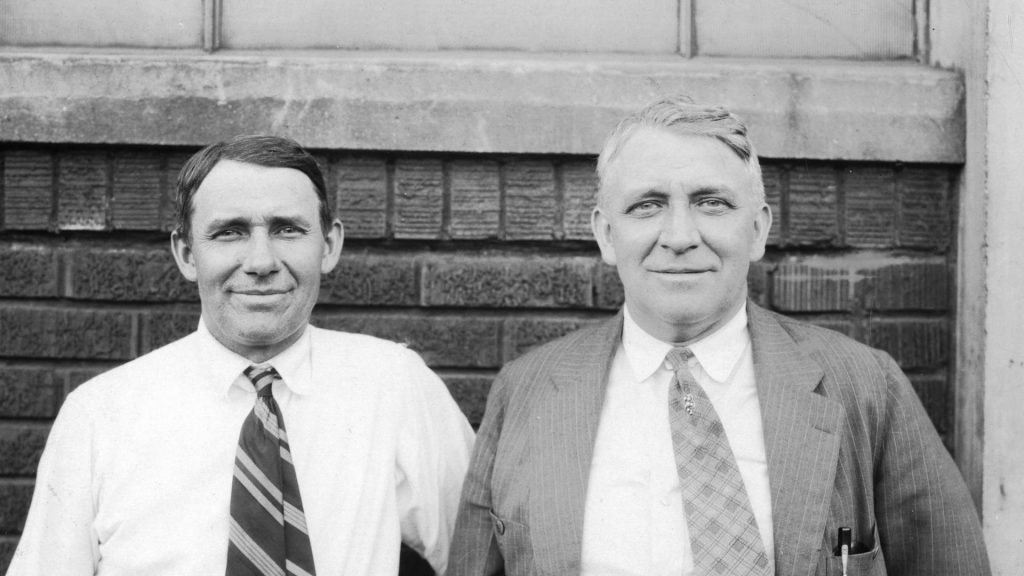
Although the two Duesenberg brothers were not exactly on the same page here, Fred was spearheading the engineering and experimental work as the Vice President. August, the other brother, was not in formal connection and offered his contribution to the brand from a separate facility from the main plant. The first model of the Model J Series was the J-101 which debuted at the New York Car Show, setting forth the decade-long journey of the series. The solid start from the new range of automobiles received a boost from the 1929 “Salon de l’automobile de Paris” but soon after was hit by the Great Depression in the same year encountering hardship almost at every step.
What was the Duesenberg engine all about?
One of the largest cars from the 30s also has one of the largest engines. The 6.9L 420 cubic inch DOHC straight-8 engine is an example of incredible engineering. It was originally based on the racing engine from the 1920 Duesenberg Model A but the massive 6,900 cc was developed by Cord-owned Lycoming.
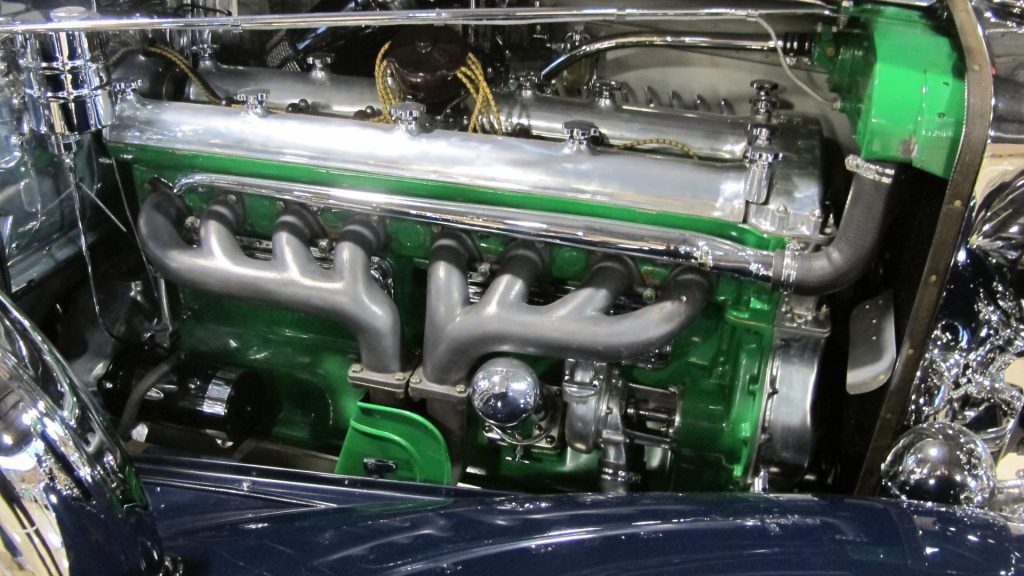
The output of the Model J is 265 horsepower and 374 lb-ft of maximum torque. The top speed of the standard Duesenberg is 91 MPH. There is a limited, supercharged version known as Model SJ that delivers 320 horsepower and a top speed of 135 MPH+. This made the Duesenberg Model J the fastest car of its time surpassing its competition.
Why was it known for its design and engineering?

Luxury was not the only aspect that made the Duesenberg Model J so special despite the depression in the US. It was the overall engineering marvel and the amount of mastery shown by the designers in every small aspect. Firstly, the engine and chassis were among the parts that came as standards but the interior trim was left to the customers’ decisions. They can choose to decorate it and add preferred specifications to personalize it and make it a rare piece of an automobile.
The ingenuity actually started under the hood with the drop-forged crankshaft made of double-heat-treated chrome nickel steel and it was cradled in five oversized main bearings. The size obviously increased its overall weight but the counterweight measures and the strategic balancing were a true sign of genius. The biggest aspect, however, was the failsafe procedure of a two-cartridge vibration damper that consists of 16 ounces of mercury. The liquid metal can almost instantly dampen any vibration in the shaft offering exceptional ride quality.
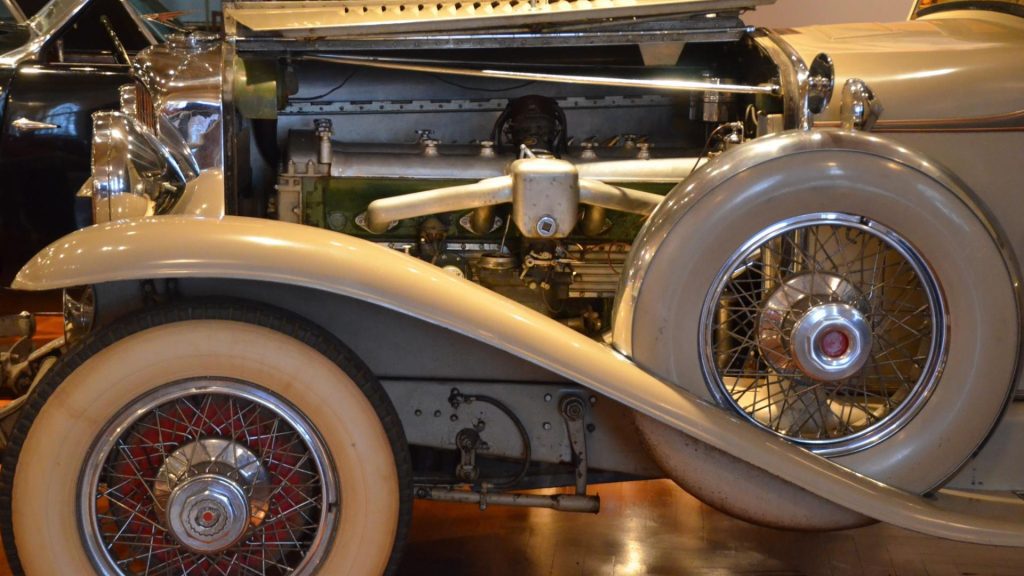
There are three electric and one mechanical fuel pump and the full pressure lubrication ensures a capacity of 22 gallons per minute and the eight-gallon cooling system restricts any case of overheating. The hypoid axle delivers power through the spiral bevel gears to the shafts while the Ross cam-and-lever steering delivers enough support for the car. The Duesy comes with hydraulic brakes with 15 x 3-inch drums and an adjustable vacuum booster was later implemented for better results.
What were the variations from 1928 to 1937?
The standard Model J was not the only variation for Duesenberg through the years as the brand tried and tested different versions to boost sales. The supercharged one, the Model SJ debuted in May 1932 and there were 36 units built. The supercharger was installed beside the engine and the exhaust manifold was redesigned with a vertical driving shaft. It could reach 60 MPH in about 8 seconds and the 0-100 acceleration took around 17 seconds when even the best cars would not even reach such a speed.
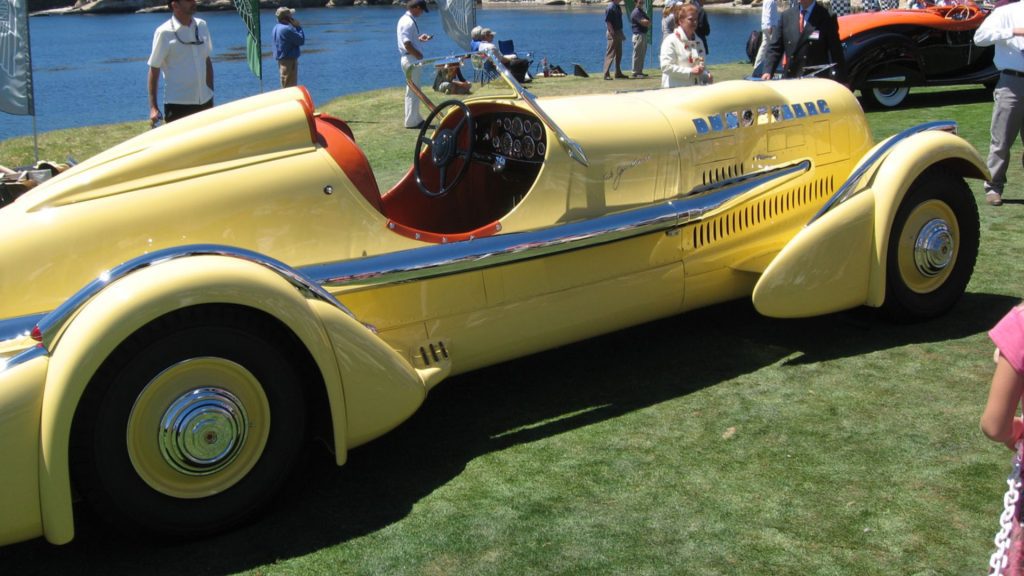
The Duesenberg Special, known as the Mormon Meteor, is a speed record car. It is the modified supercharged Model J with a standard wheelbase and improved front axle. August Duesenberg was the one behind the tuning of the Special and it comes with a twin-carburetor inlet manifold. The record on the car was its top speed of 153 MPH which was held until 1961.
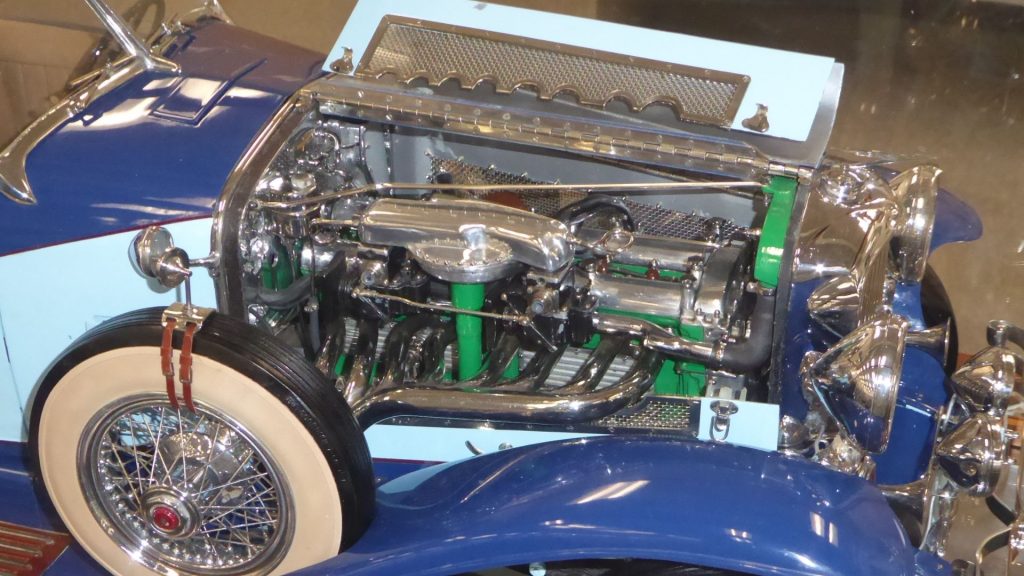
The SSJ is the short-wheelbase supercharged version that could deliver 400 hp of power. Only two such roadsters were available that went to celebrity Gary Cooper and a customer named Clark Gable in 1935 and 1936 respectively. There was another version named JN but it was never really used by the company. There were only 10 units of this model and it came with 17-inch wheels alongside bullet-shaped taillights and skirted fenders. There was also a supercharged JN built in 1935.
Glory and Demise Of Duesenberg Model J
The Duesenberg Model J did not take long to become the most famous car and its popularity was spread in both the US and the European continent as well. The clientele consisted of some of the most influential people and celebrities from the 30s. However, despite all the flamboyant and incredible performance, the brand could not achieve its target of selling 500 automobiles. The number of vehicles built by 1929 was 200 and an additional hundred were already booked.
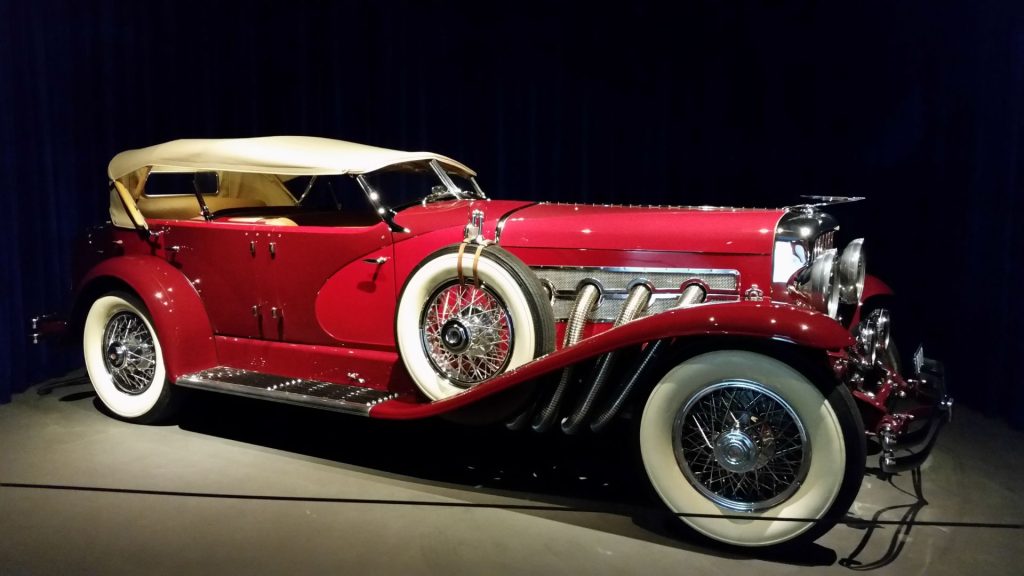
But the total was stuck at just over 480 which was only possible through the support from New York Elites and Hollywood celebrities during the Depression. The death of Fred Duesenberg was a huge blow and despite August stepping in his brother’s shoes the company ceased production of the series in 1937.
Recently, the 1930 Duesenberg Model J ‘Disappearing Top’ Convertible Coupe by Murphy was sold by RM Sotheby’s for $3.8 Million in Florida.

